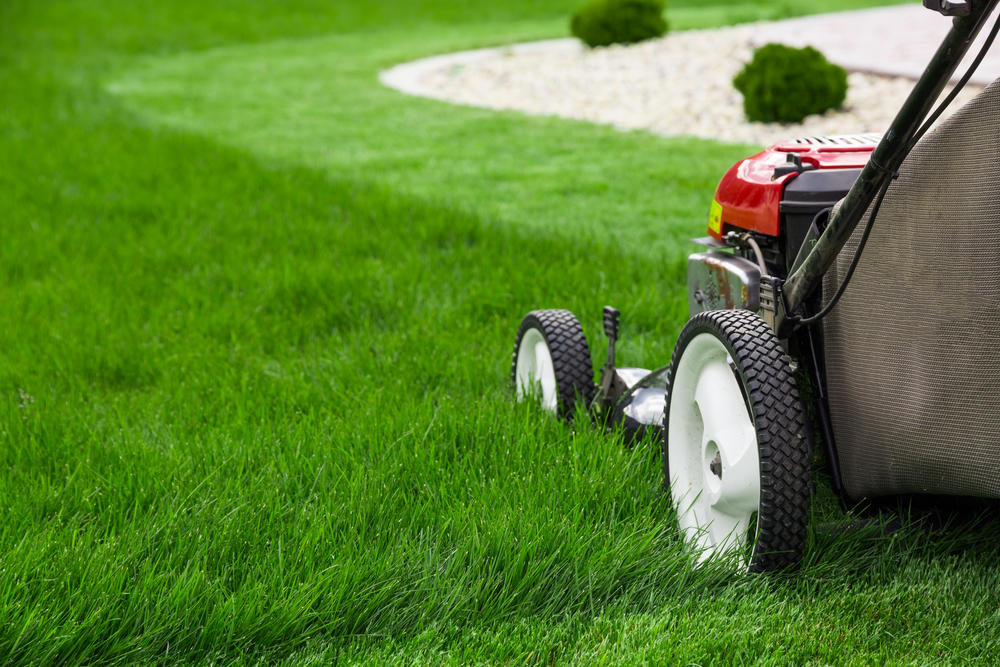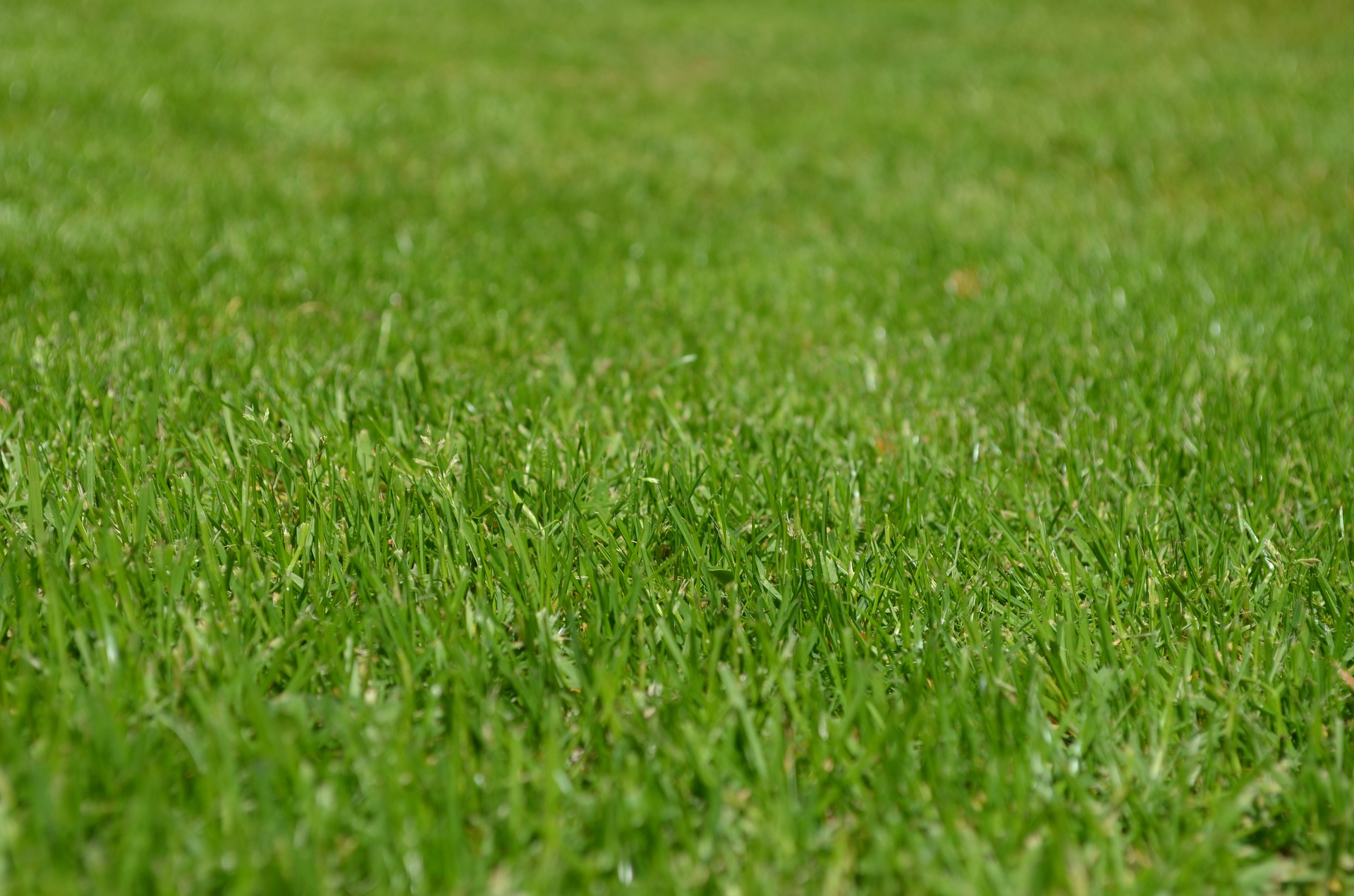Summer Lawn Care Tips for Buffalo, NY

In Buffalo, New York, harsh winters can be followed by hot summers, leading to very common browning of lawns around the city. While this seasonal browning does not indicate that the grasses are dying, for lawn care enthusiasts, the wilted look of a dry lawn can be enough cause for frustration on its own. There are a few rules of thumb that any lawn owner can master caring for their grasses in the summer, and your lawn will look better than ever.
Thanks to lake effects on the area, heavy rainfall should not be too large of a problem during your summer lawn care. But an important thing to remember is when fertilizing, or mulching your lawn, still always check the weather just in case heavy rainfall may pop up. Rainfall can cause your beneficial practices to wash away as runoff, making your methods much less efficient.
Here are a few summer lawn care tips for your home in Buffalo.
Soil Aeration
Soil compaction can make it too difficult for your lawn grasses to get the nutrients they need, and in areas with heavy foot traffic, this issue can lead to a patchy and unhealthy lawn. But by using a core aerator, you can entirely avoid the pitfalls of soil compaction, while also redistributing nutrients from the soil back into your lawn.
A core aerator can reopen your soils up to allow air and plant roots back into formerly compacted areas. Late summer is best to use this tool, as the temperatures become cooler and the soil is slightly moist. Once your cores have dried, simply lightly rake them back into the soil to redistribute the soil nutrients.

Mowing
One of the most important things to remember about summer lawn care in Buffalo is to never mow your lawn during summer drought season. Shorter grasses require more fertilizer and water than longer ones, and your lawn will need as much help as possible during a drought. If it is still a part of the growing season, such as very early summer or very late summer, make sure to mow your lawn only once every 7 to 14 days instead.
Pest Control
Late summer is the perfect time to inspect your lawn for any present grubs or other pests. Around this time, grubs live in the soil, feeding on grass roots. In order to look for these small white “C-shaped” pests, peel back the lawn in several locations. Treatment should be sought if there are more than 10 grubs per square foot. The wilting and browning of irregularly shaped patches can be a sign of grub presence. If too many grubs are present in your lawn, try introducing the organic solution of parasitic nematodes to the yard. Or. if you are looking for a faster non-organic solution, chemical based insecticides should only be used mid-August through September while the grubs are still small enough to be killed by such products.

Establishing your Lawn
For those of you looking to renovate your existing lawn, or establish one in the first place, late summer into early fall may be the best time for you to do so. The cooler temperatures, average moisture, and minimal weed competition make the middle of August to late September the perfect time to sprout cool climate seeds and grow brand new grass seedlings.
First, you must kill off any existing grasses or weeds by mowing shorter than average and placing black tarp or cardboard over the lawn. Once the grasses have yellowed and died, roll the sod off, mix in compost materials for nutrients, and begin spreading seed. For establishment of a new lawn, avoid any mixtures that are more than 20% perennial ryegrass, as these grasses can grow faster than others and overwhelm the lawn.
Following the seed spread suggestions on your chosen seed, rake the seeds lightly into your sod, putting them anywhere between 1/16 to ⅛ inch into the soil. Once your seeds have been planted, spread a very light layer of weed free straw to conserve moisture and reduce the amount of seeds lost from runoff.
After planting the seeds, only water your lawn enough to keep the ground moist, and gradually reduce the amount watered each time to encourage the growth of deeper roots. After seedlings emerge, wait 2 to 3 weeks and spread 1 pound of nitrogen fertilizer per 1000 square feet. Once the grass covers the majority of the ground, allow ground to dry, and do not mow until grasses reach about 4 inches in length.
Need help preparing your lawn for summer? Visit our Buffalo lawn care page to get in touch with a professional! In addition to Buffalo, we provide lawn care services to New York cities including Rochester, Albany, and Syracuse.
Featured image source: Zillow Buffalo, NY